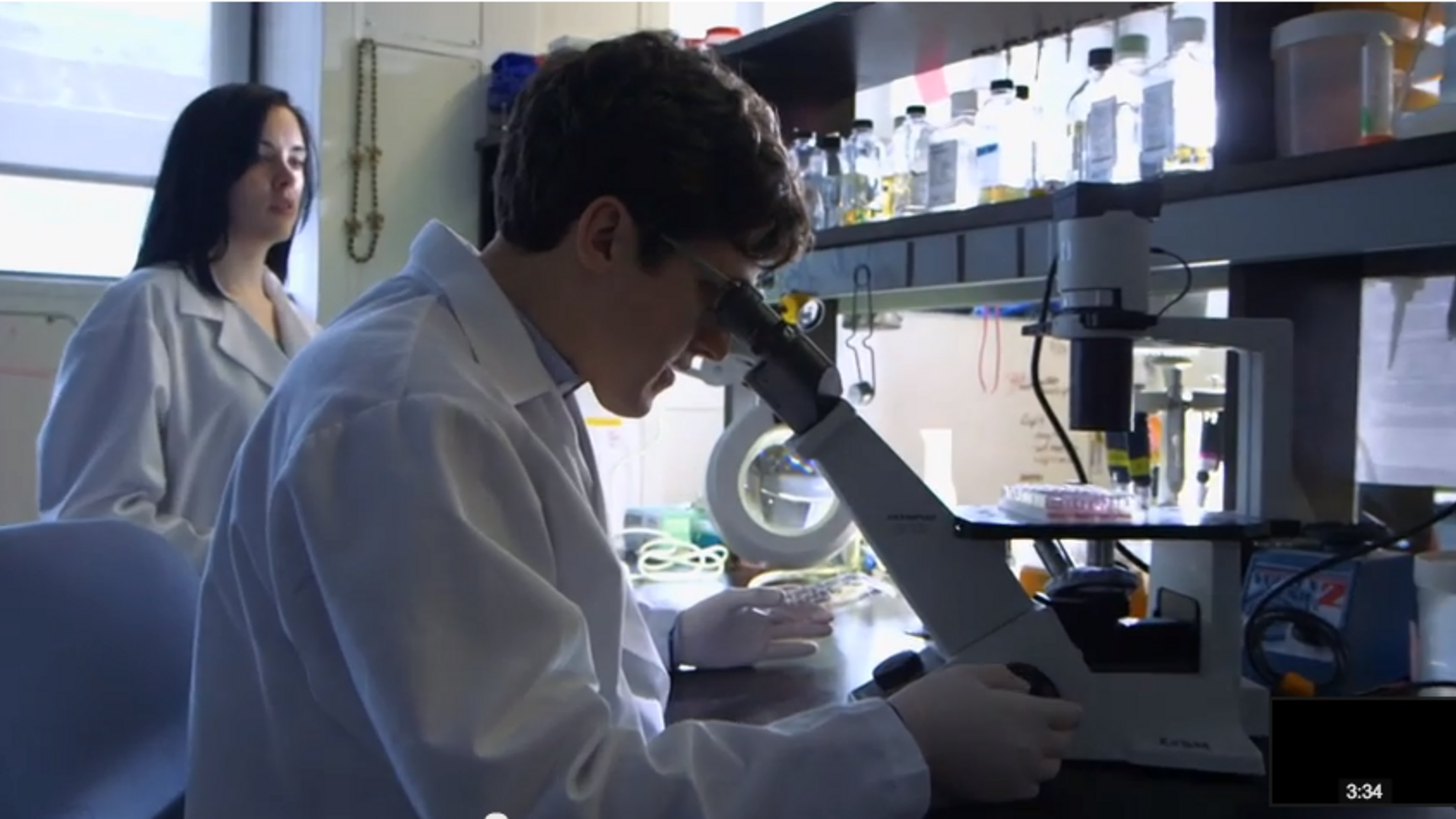Bacteria Evolving: Tracing the Origins of a MRSA Epidemic
Part of Curriculum Collections.

Over the past 15 years, methicillin resistant Staphylococcus aureus (MRSA) has become a major public health problem. The bacteria can infect the heart, bloodstream, and lungs, causing severe pneumonia and blood infections. These teaching case materials show practicing physicians and infectious disease specialists studying the impacts that pathogens are having in hospitals. The case follows these scientists into the laboratory to see what genomic sequencing is revealing about the origins of pathogenicity and its future course. The teaching case also includes activities and datasets using the DNA Subway interactive web site, developed by the Cold Spring Harbor Laboratory and part of the NSF-funded iPlant Collaborative, an online bioinformatics workspace that makes high-level genome analysis available to teachers and students.